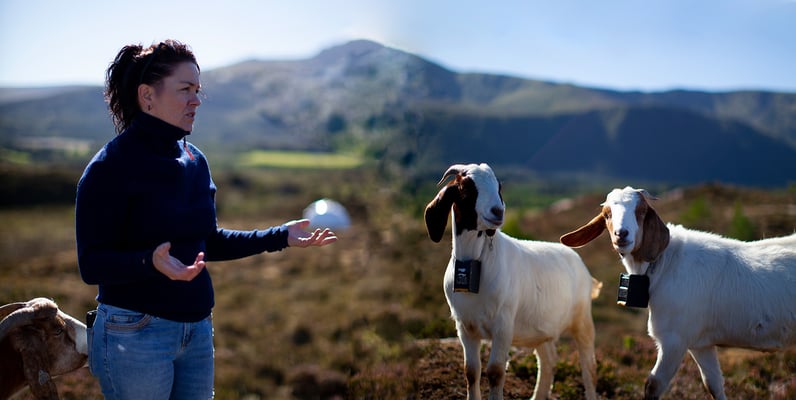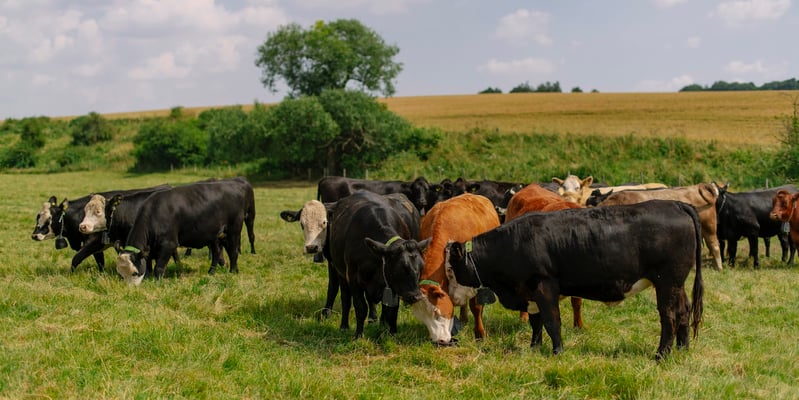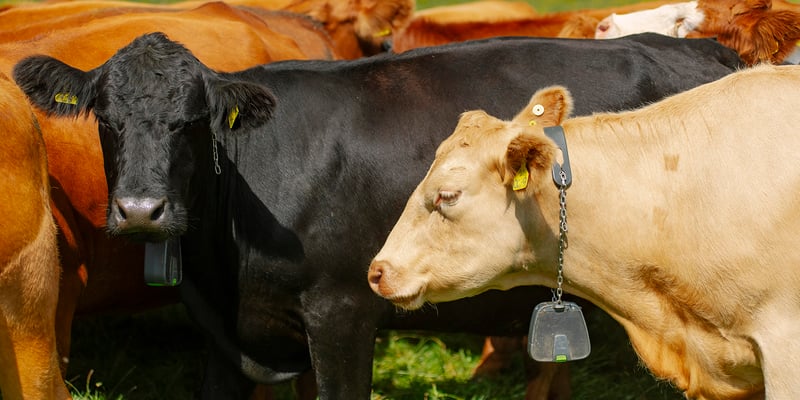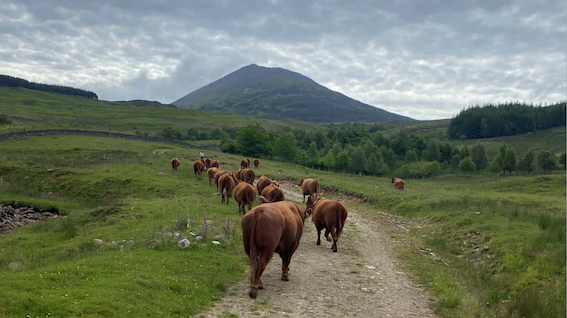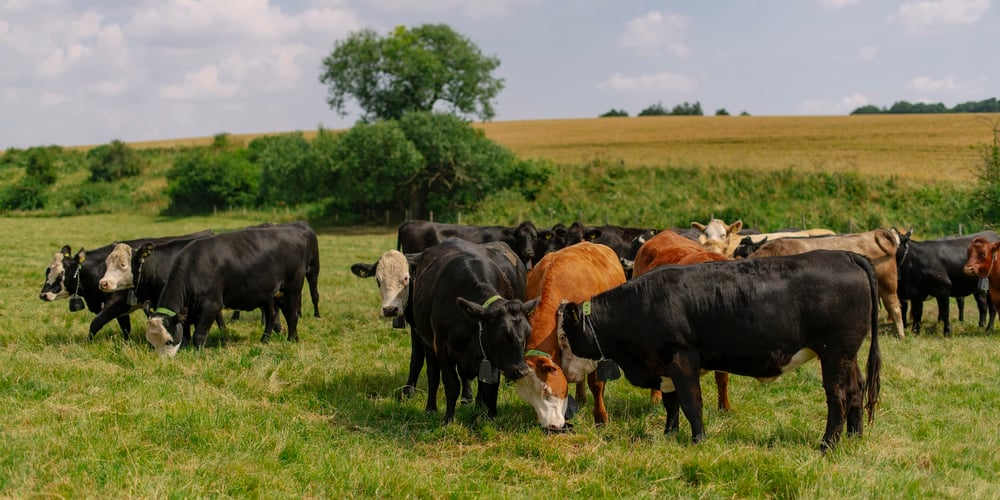
Managing the end of the grazing season

As grass growth tapers off and the grazing seasons approaches and end, livestock producers need to start keeping next season’s forage production in mind with management decisions, says farm consultant James Daniel, Managing Director for Precision Grazing Ltd.
Plants needs rest
In order for perennial plants like grasses, clovers and herbs to be productive and resilient throughout a grazing season, they need the ability to regrow leaves and replenish energy reserves before being grazed again. Failure to allow plants to fully recover before the next grazing event will result in a knock on forage production the following grazing season, says James.
In the height of the growing season, heat and sunlight contribute to a fast turnaround for plant recover.
Shorter days and cooler soil temperatures experienced during autumn and winter prolong this recovery period – stretching to an average of 120 days. To put that into practice, a field grazed on the 1st of November should not be grazed again until the 1st of March.
“Achieving this rest period requires a plan and the ability to accurately allocate the feed on farm pasture to livestock to ensure they are fed to demand in what they need and not appetite – what they want,” explains James.
Planning autumn grazing
To avoid disrupting the 120-day plant recovery period – whether that be from the temptation to capitalise on winter regrowth or running out of forage spots – James recommends producers assess early spring forage needs for different stock groups and to then work backwards.
“For spring calvers and lambers pasture in the spring is worth three to four times the value of pasture in the winter as it is high quality and able alone to support all of the animals' nutritional needs in late pregnancy and during lactation. Therefore farmers want to start spring with a cover of pasture across the farm which provides leaves to capture sunlight and grow more pasture, as well as a ‘buffer’ of feed to allow for any delay in spring growth,” James says. “Managing a true rest period will help achieve that.”
# 4 applicable rules for cattle and sheep grazers
Exact rest and grazing strategy is going to vary from farm to farm. However, there are a few applicable rules that apply to everyone:
- On the final grazing of a field aim to graze down to the height of a golf ball for sheep and a tennis ball for cattle. This will encourage high-quality pasture next spring
- Combine grazing groups where possible – especially for sheep systems. This simplifies grazing planning with fewer groups to think about, and means that fields can be grazed in less time
- If a field cannot be grazed within seven days it should be divided in half. This will reduce soil damage and prevent any re-growth from being re-grazed for more pasture in the spring
- In the event of wet weather setting in, protecting sward conditions must be made a priority to avoid long-lasting damage which is caused mainly not by the total number of animals, but by animals in one place for too long. This may mean being prepared to move animals to new pasture every one to two days.
On-farm management scenario
Towards the end of the autumn, producers might start getting into situations where forage availability does not match stock requirements. If they are not ready to start housing, one option is to buffer feed the lowest priority groups with hay or silage to extend the rotation, explains James. It’s also worth looking at what management decisions are possible to reduce feed requirements.
Using data from a beef farmer part of an initial Nofence pilot project, James explains two options available in this type of situation.
Farm background
- 40 head of cows and spring-born calves
- 18.2 ha (45 acres) of pasture available
- Start of final grazing rotation: 1st October
- End of final grazing rotation: 10th November
- Number of days = 40
- Area per day = 0.45ha (1.1 acres)
Calculation
- Assuming cows are grazing pasture at target “beer can” this would be equivalent to an entry cover of ~3000kgDM/ha
- Aiming to graze down to between a golf ball to tennis ball height would be equivalent to a residual cover of ~1500kgDM/ha
- This means total pasture available = 1500kgDM/ha (3000kgDM/ha – 1500kgDM/ha =1500kgDM/ha)
- Allocating 0.45ha (1.1Acres) per day means pasture available per day = 683kgDM/day (1500kgDM/ha x 0.45ha = 683kgDM/day)
Herd requirements
- 1 cow-calf pair requires 20kgDM/day
- Total demand for the group = 800kgDM (40 pairs x 20kgDM = 800kgDM)
- The group demand is greater (117kgDM) than the available pasture. Action needs to be taken otherwise the pasture will be grazed too low and animal performance will be reduced
“If calves are at least 180 days old and in good body condition, one option is to wean eight calves and remove their mothers from the group. This would reduce demand by 112kgDM (14kgDM/cow),” explains James. “The second option is to buffer feed to make up for the deficit. A round bale of silage is around 240kgDM, therefore the group would receive one bale every two days.”
